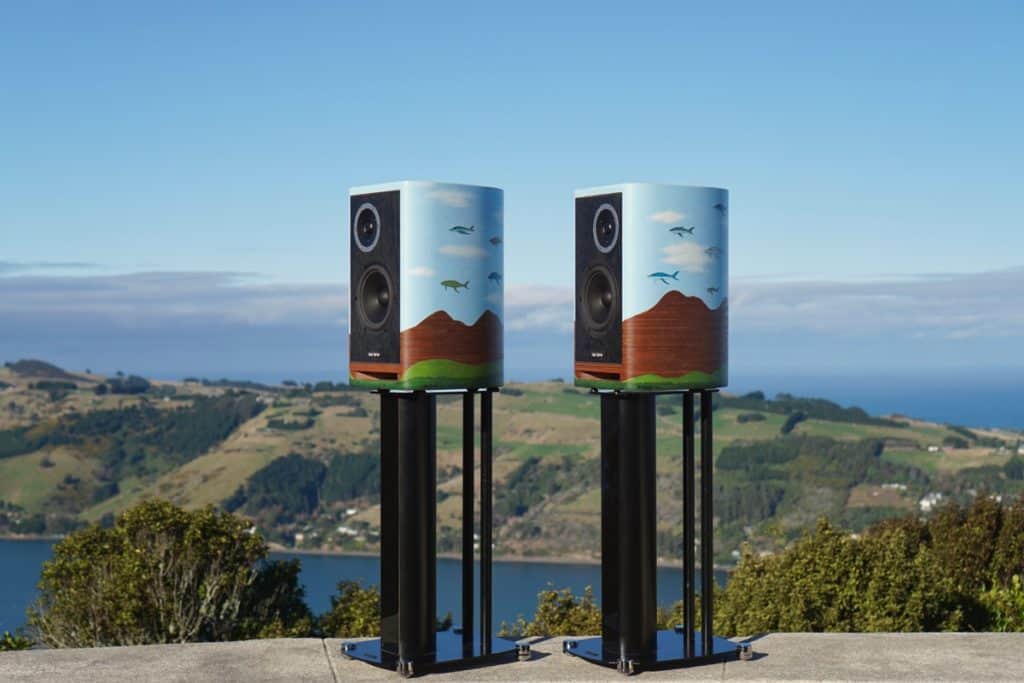You’ll find the name Tex Houston among the credits on many of the notable records associated with Dunedin and Flying Nun.
The sound engineer’s worked with bands as diverse as The Chills, The 3D’s, Netherworld Dancing Toys, Straitjacket Fits, Dimmer, King Loser, Able Tasmans, The Renderers, The Verlaines, Look Blue Go Purple, The Subliminals, The Clean, David Kilgour & the Heavy Eights and many more.
After decades of working with sound, he’s used his finely-honed ears to make and design a pair of speakers, Tex Tones. He spoke to Richard Langston about his working life in sound.

When did you become interested in sound? Did it come from your interest in music or from a general curiosity and awareness of sound?
I’ve tinkered with electronics from a very young age. I was hooked after making my first crystal set at primary school. I always loved music and I sang in a covers band at high school. We bought a PA system and I got to know it inside out, and then I started mixing bands and working on more and more complex systems.
I ask because I’ve worked with people in radio and television who’ve trained to be sound engineers and as sound recordists … I worked with them on Country Calendar and I know how obsessive and attentive they can be… to do justice to what they’re hearing…
Yeah, being able to capture the moment is what it’s all about. That can sometimes require a lot of attention to detail, and can be time consuming, but it is usually an enjoyable process. Messing around with different mics and mic placement in order to achieve the best result is great, although sometimes you don’t get that luxury. Often you need to be ready to record at a moment’s notice – you have to be on your toes.
On that note, there’s a moment in the recording of the 9th (the album with Sam Hunt and David & the Heavy 8’s recorded at Chicks Hotel in Port Chalmers) at the start of the song ‘When Morning Comes’ Sam says… “come around this side” and later on ..”don’t worry keeping going” or something like that…do you remember that?
Yeah, I remember – there are wide poles at Chicks and Sam couldn’t see someone so he asked them to come around the other side. Classic live in the studio stuff!
Did you think about saying…”ok, hang on guys…’?
Hell no! Keep it rolling. I think with someone like Sam you don’t wanna miss a single phrase, or word even!
Did you have any formal training or did your skills develop through your work with bands?
The courses available now didn’t exist back then. When I started mixing the Netherworld Dancing Toys they became successful quite quickly so I was thrown in the deep end and had to come up to speed quickly. Working with them also exposed me more to the recording process. After that, touring around the USA and Europe and more recording over the past few decades has given me a lot of experience. It all came to me very naturally.
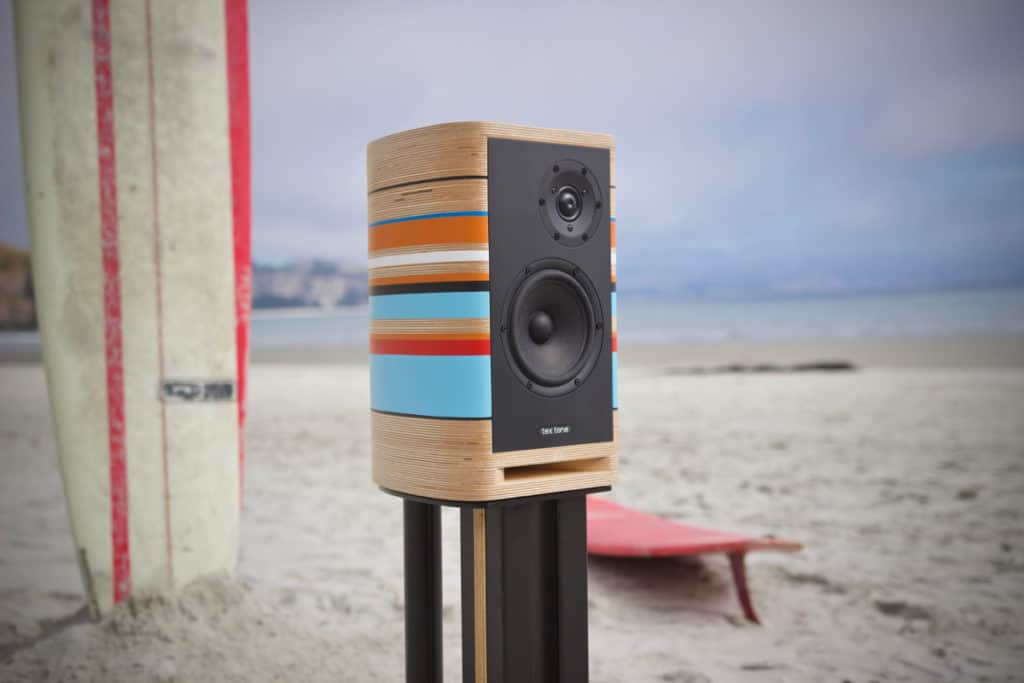
What instruments do you play? And, if so, what sort of insights has that given you into the people you work with?
I can noodle away at the guitar, but that is a relatively recent thing. Playing a little has made me have even more respect for the guitar gods that I have recorded. I think being a vocalist, even at school level, taught me the importance of good onstage sound and monitoring. I also have a good ear for pitch so being able to point out tuning issues is quite critical.
Were you encouraged/inspired by any other sound obsessives – like the Martin Hannetts of this world?
I would say that I’ve been inspired by many, but I didn’t want to stamp my own signature sound. I just wanted to realize the band and their songs and make them sound as best we could while retaining their own sound.
Are there any particular records that you loved the sound of that were something of a guide?
I couldn’t single out any one album but I’ve noticed lately, while listening to a wide range of music on my new speakers, how much the stuff I listened to as a teenager got stuck in my music brain. Fleetwood Mac and Bowie are good examples, but they weren’t really a guide. I still tried to make each band sound like themselves wherever we were recording.
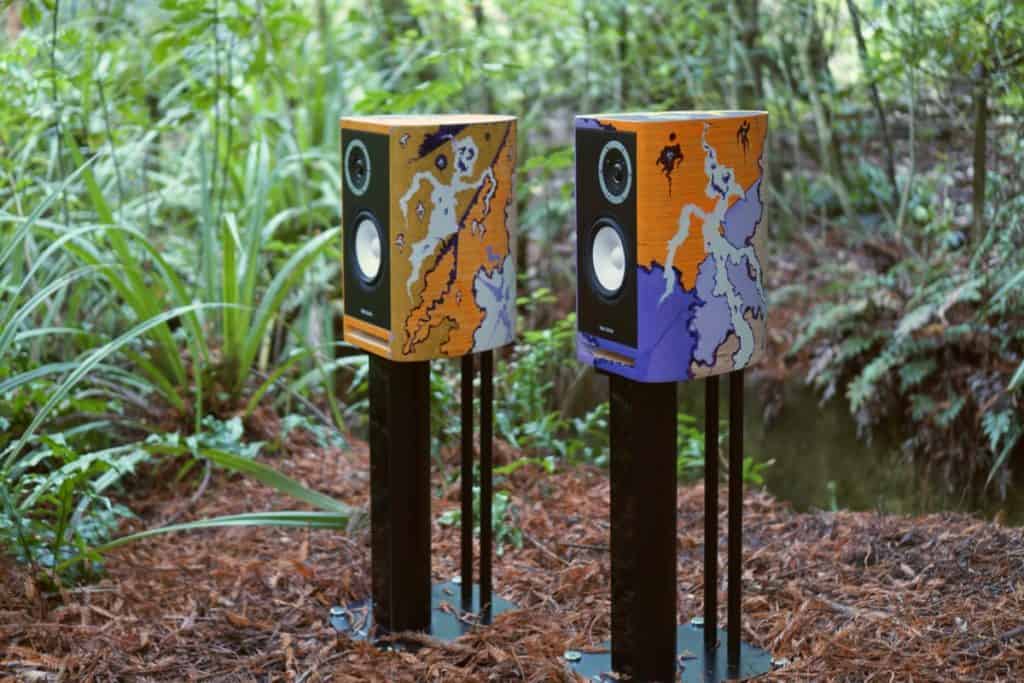
How do you see your role with the bands? I guess you’re trying to record them as accurately as you can to get the sound and feel the band is after…is that the usual starting point?
Friend, fan, engineer, driver, tour manager, supporter, fun-timer ummm the list goes on…
When they’re delivering the goods on stage or in the studio, I want to get that across to the audience or listener and do it justice.
What makes a session memorable? Are their moments where you can see what makes someone a particular creative soul and talent?
It might just be a moment when a song comes together and everyone clicks or it may be something completely extraneous. They’re all different and memorable in their own ways.
It’s important to be on guard because that moment can strike anytime.
What are some of the sessions you remember – whether it was good or frustrating…
They are too many to mention but some great and clearly memorable ones were out of the studio environment. With The Clean we recorded ‘Modern Rock’ in a community hall at Hoopers Inlet on the Otago Peninsula. We went floundering in our downtime!
With the Able Tasmans we recorded at Carrington in the former psychiatric ward and one of us had to stay over every night to look after the gear. The 3D’s recorded ‘Venus Trail’ in a former Masonic lodge and mixed it in my living room in Port Chalmers. More recently there was David Kilgour and the Heavy Eights collaborating with Sam Hunt. All great experiences and all great outcomes!
The role of an engineer and a producer are quite different – but when you have a small budget and are recording friends who are bands…the lines could be easily blurred..
I’ve always been kind of anti-producer. Nearly all of the records I‘ve made say “recorded and mixed by” or “engineered and mixed’. We would always record live in the studio with everyone playing at the same time – not piecemeal fashion.
This can be a bit of a logistical nightmare at times, especially at the kind of volume that some people prefer to play at, but I believe the musical results are better for it. I put a lot of time into set-up and then prefer to collaborate with the band on the mixing. Back in the day we could have 5 people in the control room with specific fader pushes or knob turns in different parts of a song – I think that can provide some magical outcomes. Very human!
I would always work with set fees so we were never watching the clock. I like to think the recordings I’ve done are timeless and generally I think they have stood up to the test of time. I’m proud of that.
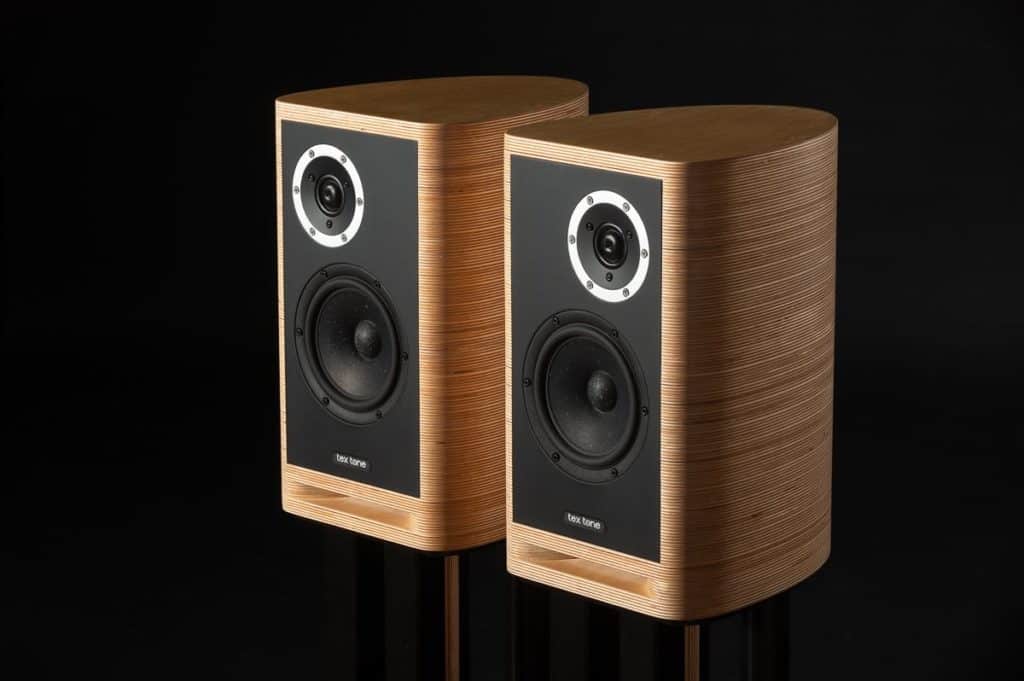
Do you have any idea of how many bands you’ve recorded over the years?
Haven’t got a clue, but I just looked up Discogs and there are more than a 100 credits there. There’ll be plenty more not counted though….
You do the sound for bands at gigs …what skills does that require? What challenges does that present?
There are a lot of technical skills I’ve honed over the years, but you’re still mixing music through a pair of speakers – albeit large ones. Setting up the PA how I like it is very important – I much prefer mixing the headline act for that reason. I’m a pretty calm person and nothing much rattles me – I’m told that can be reassuring for the band and gives them more confidence.
Not all sound engineers go on to design and make a pair of speakers, I wonder what led you to that?
I don’t like to be too idle; in my down time when not on the road or recording, I started making equipment for the studio: preamps and compressors etc. I tried some active speakers several years ago with some success, and then I had the stacked plywood idea and wanted to try that out. I was determined to get that studio sound in domestic speakers for everyone to enjoy. It’s also in my genes – my dad was an engineer and my grandfather a ham radio/electronics guy.
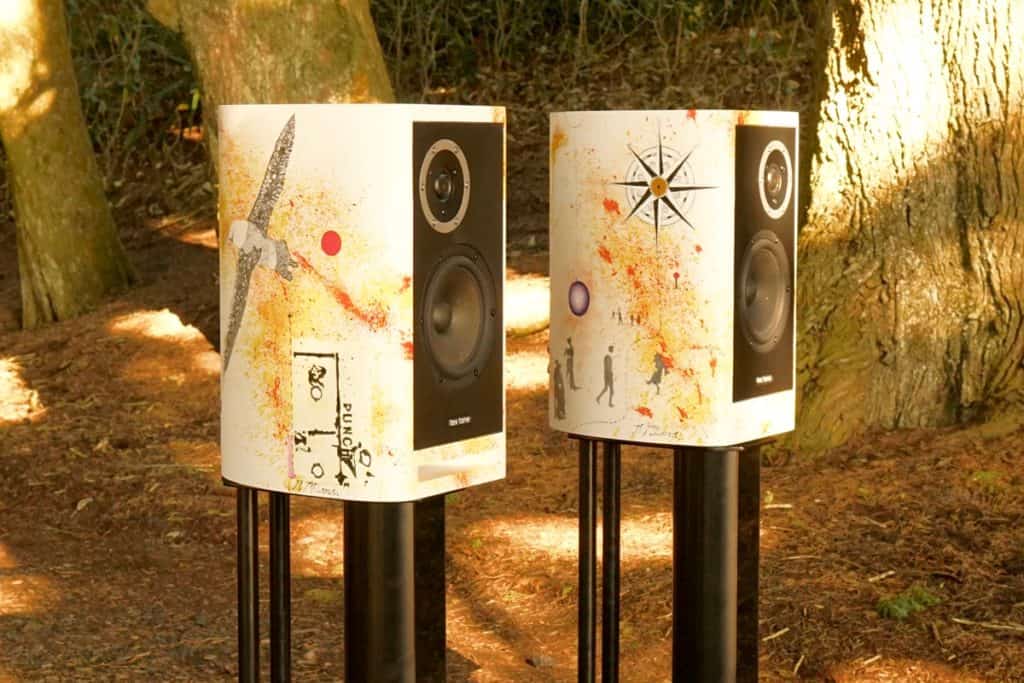
The speakers look beautiful…how important was that?
A lot of the reason for making them was to design speakers that looked different from the standard box shape, so yes it was important, and it took me several attempts to get them looking how I wanted them to look. I wanted people to get pleasure from how they look as well as how they sound. The Art Speakers grew out of this and it was really great to work with the artists on them.
When it came to sound what was it you wanted in your speakers?
When I was first introduced to studio monitors I was absolutely blown away by how good they sounded compared to conventional speakers. More detail and more impact was the goal and I think I’ve achieved that. Everyone who has heard them has tended to go ‘wow!’ and that makes me really happy.
How cool was it to have David Kilgour, Robert Scott, Nicola McLaren, and Chris Knox collaborate on your speakers?
Very cool. I’m humbled.
